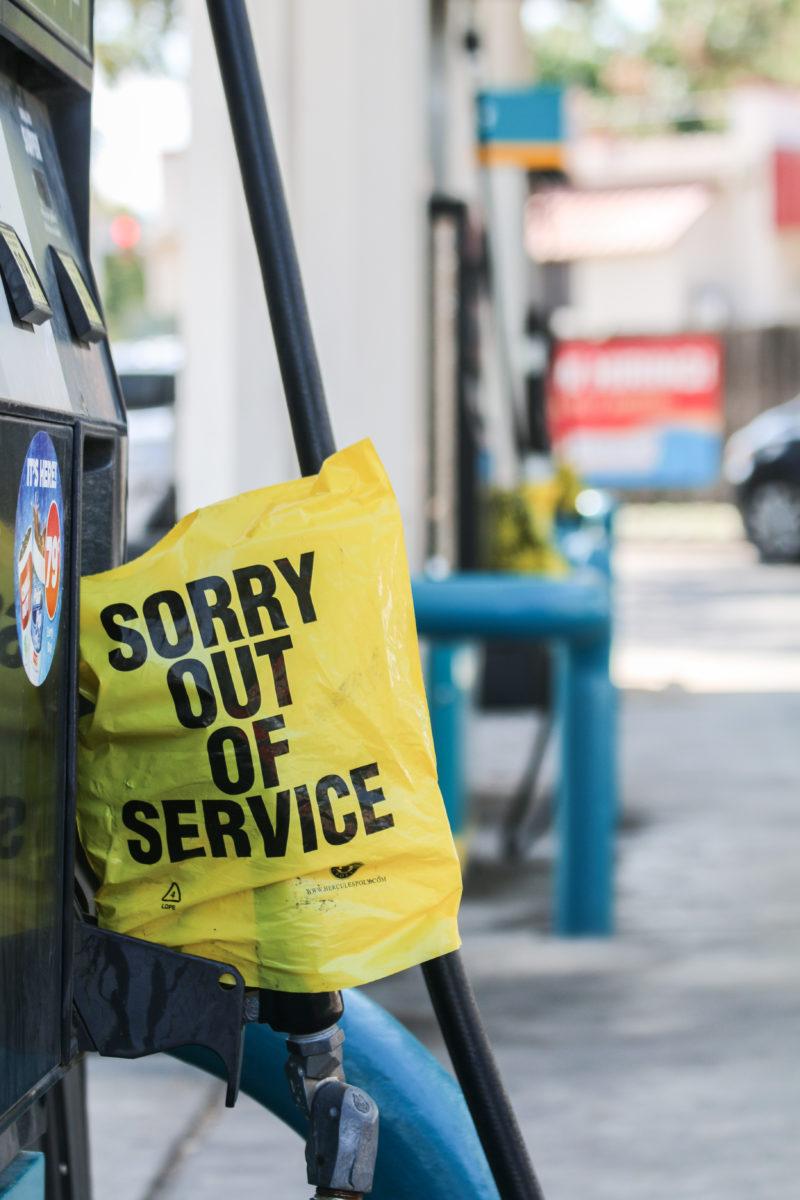This past week, Texas faced extreme gas shortages and long lines at fill up stations around the state. Following Hurricane Harvey, rumors spread that gas would run out. Though no evidence was supported by state and local governments, gas stations were unable to cope with the sudden surge of customers.
This craze left San Antonians in a constant search for gas, leaving people to wonder whether or not the frenzy was genuine or self-induced.
“It really has a lot more to do with social media than anything else,” said Glenn Kroeger, associate professor of geosciences. “Refineries did shut down along the coast, but most of those refineries were back up and running in pretty short order. There are still a couple refineries east of here that are not up, but the ones down by Corpus Christi were really spared because the hurricane came in east of there, so they were back up and running a couple of days later.”
While San Antonio itself avoided the brunt of damage caused by Hurricane Harvey, many concerns were still raised over whether or not the city would run out of gas. As people flooded to gas stations, many pumps started to run out.
“Everything that I saw in the media from city officials, like Mayor Ron Nirenberg, all said that there was not a gas shortage, but so many people panicked about not having gas,” said Jennifer Mathews, professor of anthropology. “Those who would normally let their tanks go relatively empty and then fill up were going to the gas station because they were worried about running out. I even saw reports of a guy who had garbage cans in the back of his pickup truck, which is a terrible idea. The rush on the gas artificially created this perceived shortage.”
Matthews is referring to a statement that Ron Nirenberg, mayor of San Antonio, posted to Facebook and Twitter on Sept. 3. That same day, the news website mySA reported that of 630 San Antonio gas stations, 72 percent had run out of available gas by Friday, Sept. 1.
“San Antonio, I feel your frustrations and share them with you,” Nirenberg wrote. “We’ve asked the state regulatory authorities to provide more frequent updates for the SA public, are in consistent communication with refineries, our city’s market is being prioritized, and gas is being delivered daily and in greater quantities than usual. But demand has not decreased, with our city consuming more fuel than average largely due to panic and hoarding.”
Nirenberg addressed the problem and said that if people reverted to their normal habits of filling up, the crisis would resolve itself.
“I am listening and, as much as I would like to impose restrictions, which we have urged retailers to observe, that authority lies within the state government, not local municipalities,” Nirenberg wrote. “Though we are told by the oil and gas companies that the distribution should normalize, we are asking anyone who can do so to take alternative transportation, carpool or work from home. Let’s be considerate and help our city get back on track.”
Many stations were left empty as people filled large gas tanks and cans as well as their vehicles. The stations in town are not equipped to support that level of demand daily.
“On average, most of the time, gas tanks are half full “” some are almost full, some are almost empty,” Kroeger said. “But if, all of a sudden, all of those thousands of cars need to be full, suddenly you need twice as much gas, and stations are going to run out. As soon as a few run out, people start panicking, and then you get people who grab 55 gallon drums and want to fill that up. People panic very easily and they don’t always behave rationally.”
People were urged not to swarm stations.
“This was an event that was driven by more demand than supply,” said Richard Butler, alumni engagement coordinator and recently retired professor of economics. “Don’t panic in future events “” that makes it worse, and also the rush for gas emitted way more air pollution than necessary.”
For those who ran out of gas, many alternative ways of transportation are available across the city. From VIA city buses to local BCycle stations, individuals were able to travel where they need to go without using a car.
“I have never ridden a bus in San Antonio in 30 years until last Friday “¦ but the new transit center they opened at North Star Mall has made it more efficient and workable,” Kroeger said. “I may take the bus more in the future “” it takes longer, but it’s unbelievably relaxing.”







